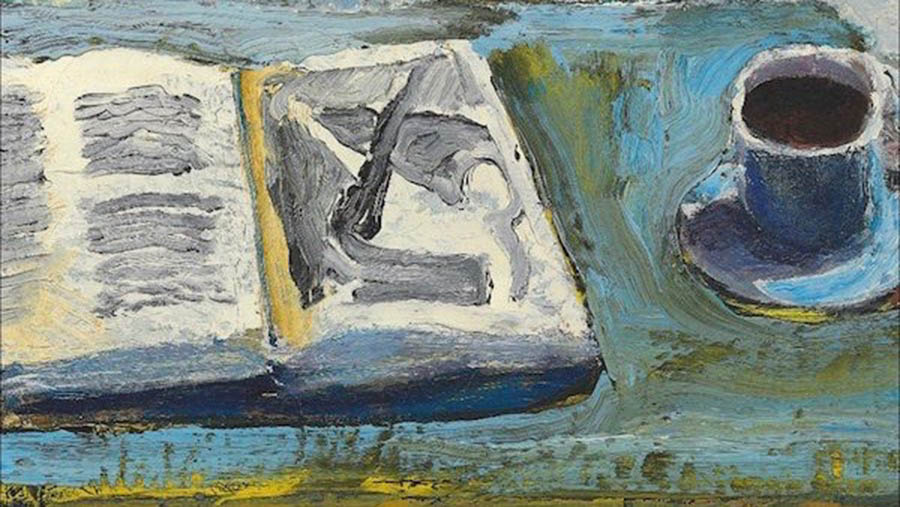
“Best Books of the Year”
Shortly after the New Year, I encountered the annual surge of posts praising the “Best Books of the Year.” I combed through list after list, delighted when I came across books I’d read and taking note of the ones I hadn’t. As my tally of unread books grew, I broke it down into mental categories: books I wanted to read, books I should read, books I hadn’t read but should have read by now. I continued my inventory until I came across a blog post that gave me pause: “Reading as Rebirth,” from the wonderful Maria Popova.
Rereading?
Given all the books on my “to be read” list, the concept of rereading seemed radical. The post quoted from the early journals of Susan Sontag, extolling the virtues of the lost art of rereading:
“I’m rereading pieces of things that have always been important to me, and am amazed at my evaluations… I am not only reading this book, but creating it myself…”
I wondered if this was an indulgence.
Maybe, but I was intrigued. If I had all the time in the world, if I were to reread anything, what would I choose? I perused my bookshelves and my gaze landed on The Age of Innocence. It had been many years since I’d read it, but the images were still palpable: carriages moving through the streets of old New York, opulent drawing rooms where men smoked cigars and shared petty gossip, the precise observations of Newland Archer and his secret longing for Madame Olenska. Edith Wharton’s account of New York society at the turn of the century was as clear in my mind’s eye as if I had read it yesterday. I pulled the book down from the shelf and read a few pages, then a few more… and then something strange happened.
I was reading a different book.
Buried in the rituals of formality was a social commentary so biting, I laughed out loud. Wharton’s sense of irony was unmistakable. Her characters’ needs and longings that had been so compelling 20 years ago, now seemed almost comical. Why didn’t I remember this? It wasn’t exactly that I didn’t remember it, but that I didn’t remember it quite this way. The focus had shifted, as though someone had made a subtle adjustment of light.
If reading is a collaboration, an exchange between writer and reader, it makes sense that a book would seem to change over time. A book is a fixed object, but people aren’t. Each time we read, we start from a different place, an altered point of view. 20 years later, The Age of Innocence was a new experience.
I wondered if this would apply to drafts of stories I’d written,
…the ones I’d set aside because I couldn’t get them to work. I pulled up a story I’d started a few years ago and began rereading. I remembered the characters and the scenes, the passages I’d thought were important. As I continued, a new emphasis came into view, a new story. I wasn’t revising – at least not yet; I was rereading.
When we set out to revise our work, we often enter the process with an agenda: Is it good enough? How can I make it better? Why can’t I get this section to work? We forget that deep reading is an essential part of rewriting. Stumbling across the art of rereading had freed me up to approach revision in a more fluid and expansive way. What began as an indulgence had morphed into a creative act.
(Artwork by Richard Diebenkorn – Still Life With Book)